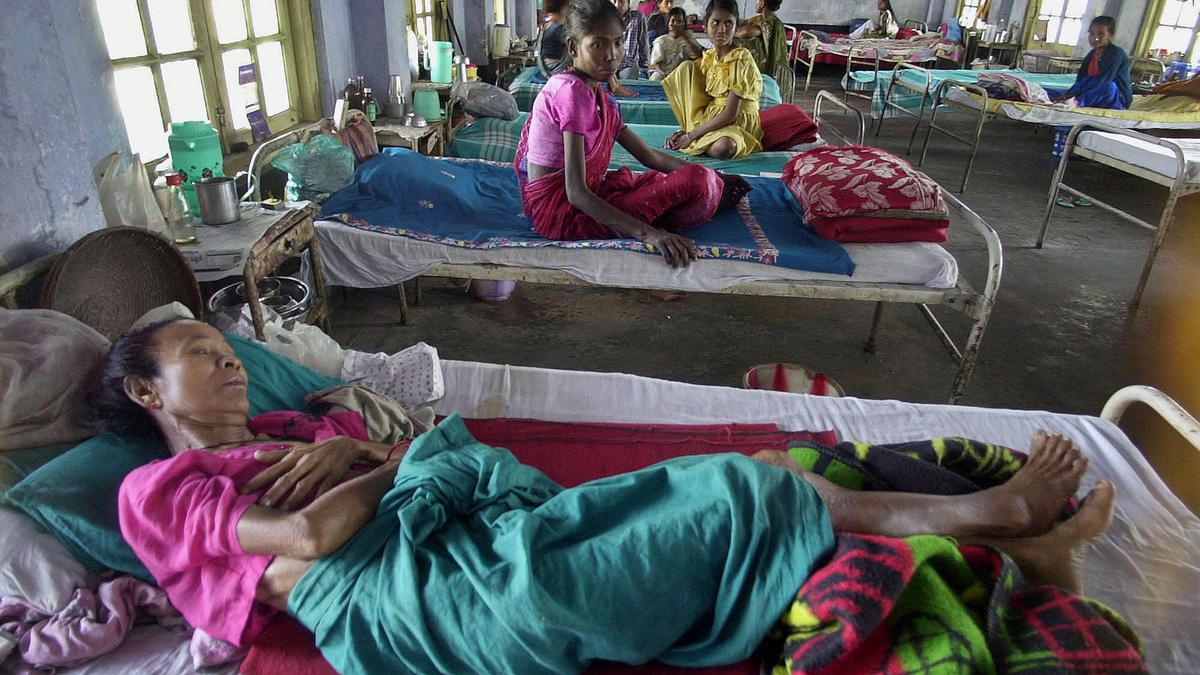
Randomised Control Trials: the technique that transformed TB treatment Premium
The Hindu
Beyond setting the gold standard for conducting trials, Sir Austin Bradford Hill also had a great influence on medical research and modern epidemiology.
Kamala Nehru, Jawaharlal Nehru’s wife, fell victim to the old enemy, tuberculosis (TB), in a far-off Swiss sanatorium in 1936. Her privileged social standing could not save Kamala. A stark reminder of the disease’s indiscriminate nature.
At the time, Nehru was confined to a colonial prison, a helpless, distant spectator to his wife’s battle with TB. His shackles prevented him from being by her side. In a cruel twist of fate, the man who would become his greatest adversary in the political arena, M.A. Jinnah, too, ultimately met his end against the same relentless enemy that claimed Nehru’s beloved, we later learnt.
The untimely demise of these privileged individuals, along with millions around the globe, is a chilling testament to the lack of effective therapeutics against the dreaded disease, despite its causative agent being uncovered in 1882. Today, almost a century later, the narrative of TB treatment has dramatically transformed. We aspire to eliminate tuberculosis from the world by the end of this decade. This year (2024), the theme of World TB Day was “Yes, we can end TB.” This was unimaginable for centuries. It is now possible because of the therapeutic regimen. A testament to medical advancements and a tribute to the tireless efforts of the medical community.
TB is an unyielding nemesis caused by Mycobacterium tuberculosis, which has existed for at least 3 million years. It has been a thorn in the side of humanity since the beginning of civilisation. Before antibiotics, TB treatments were largely palliative, offering fresh air and rest to patients in sanatoriums at high altitudes or tranquil countryside locations. Alternatively, surgical procedures like lobectomy, artificial pneumothorax (collapsing the lung), and pneumonectomy were performed by expert cardiothoracic surgeons. These treatment options, however, had limited success, and their efficacy was often questionable.
(For top health news of the day, subscribe to our newsletter Health Matters)
The discovery of antibiotics by Sir Alexander Fleming marked the beginning of a new chapter in the fight against this persistent foe. However, the real revolution in TB treatment was brought on by the ground-breaking work of Sir Austin Bradford Hill.
Hill’s own bout with TB during World War I may have thwarted his aspirations to become a physician, but it didn’t dampen his spirit. Hill made remarkable contributions to medical statistics. He pioneered the randomised control trial technique at the British Medical Research Council (BMRC). It led to one of the first randomised clinical trials to evaluate the efficacy of antibiotics against TB. He is also credited with the establishment of early ethical guidelines for clinical trials that set a new standard for scientific integrity in medicine.

Lumara, a new resto-bar in Bengaluru, takes inspiration from the Mediterranean style of architecture
Located in the heart of the city, Lumara has innovative cocktails, and a global menu












